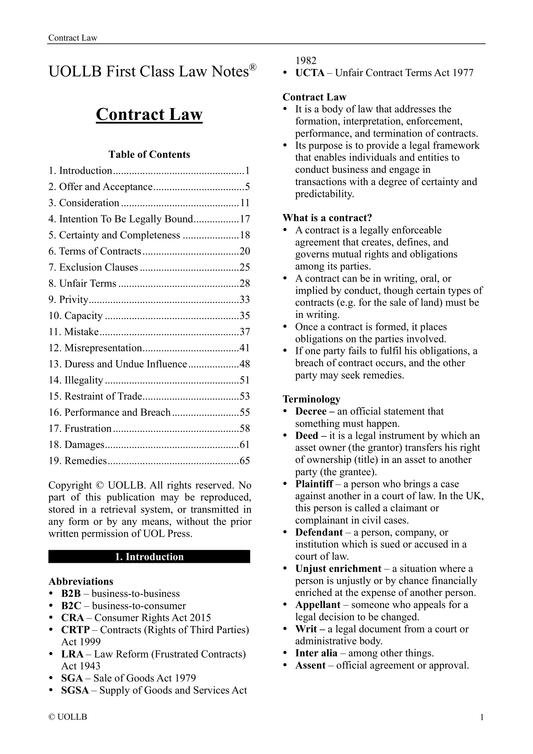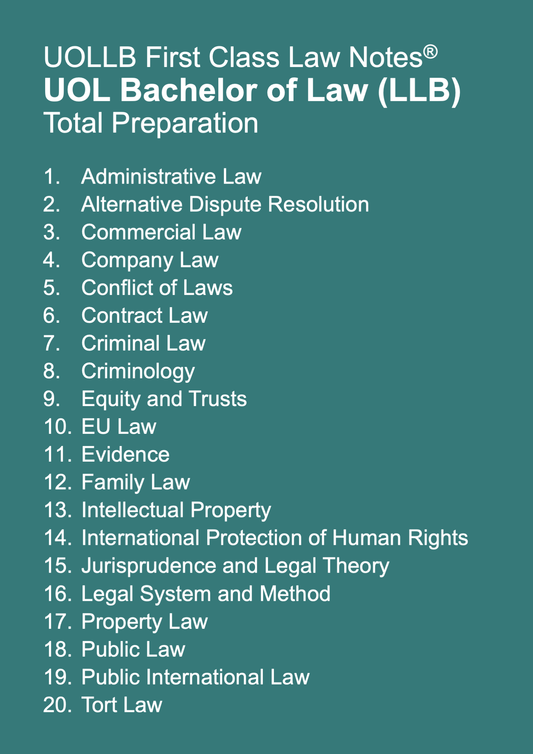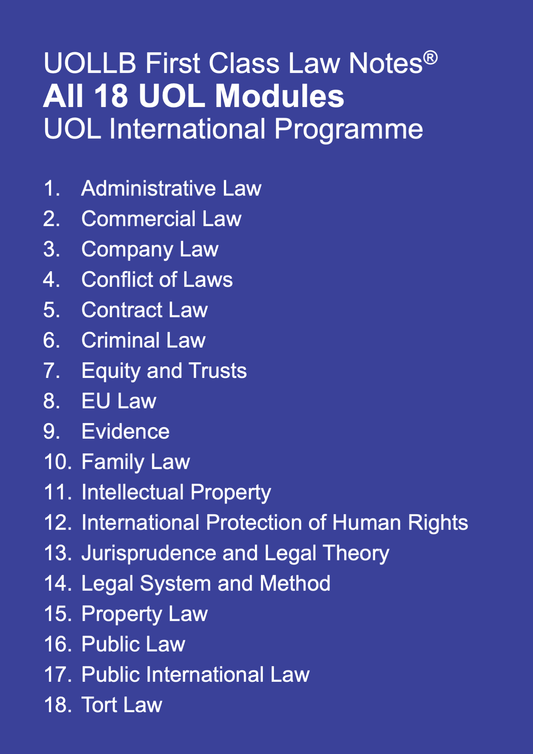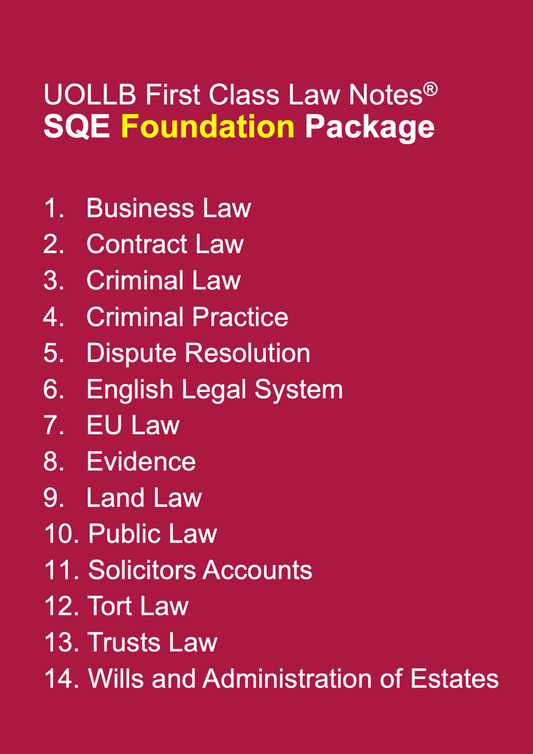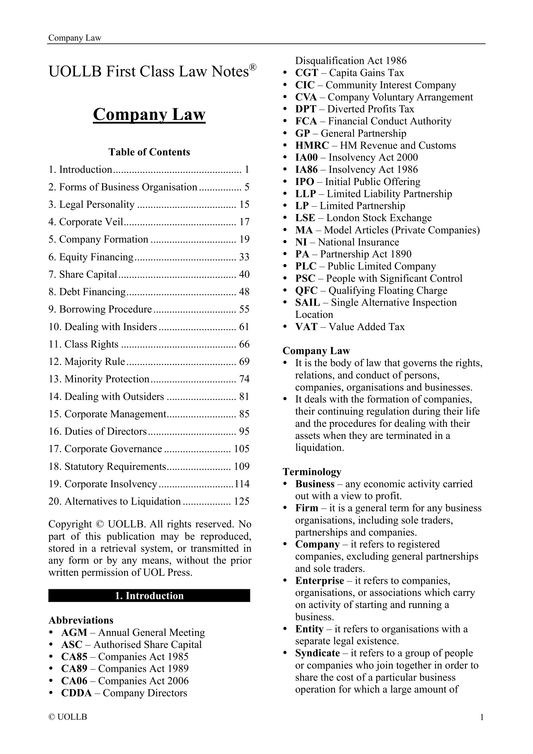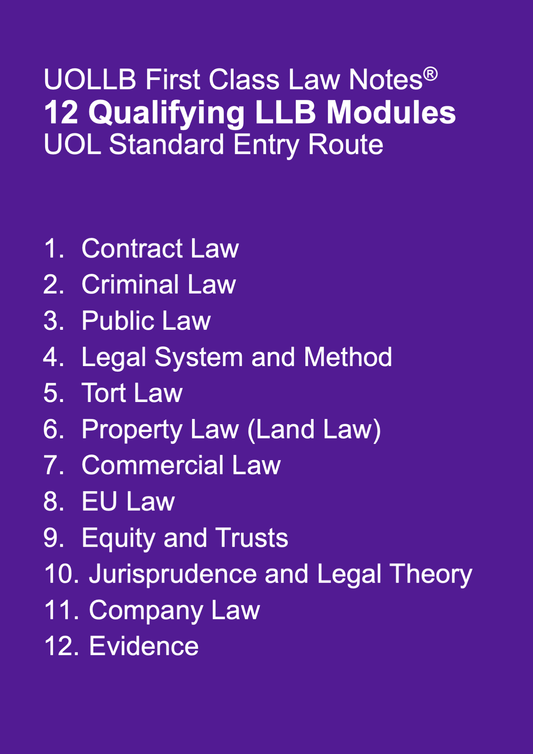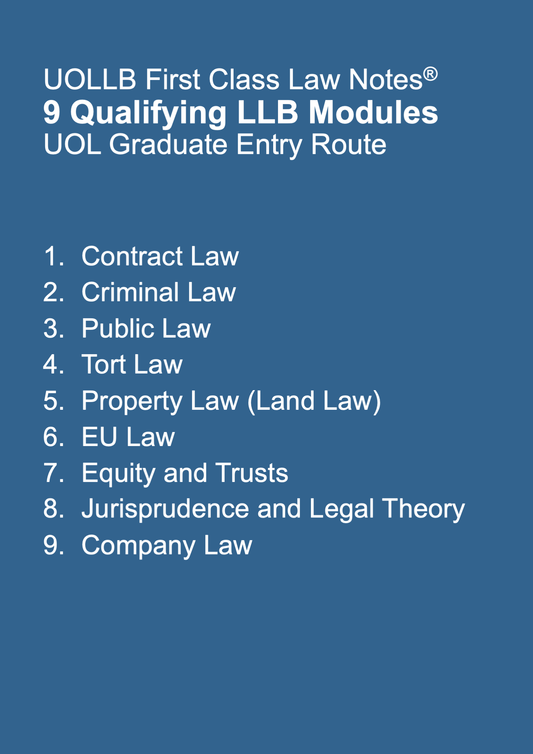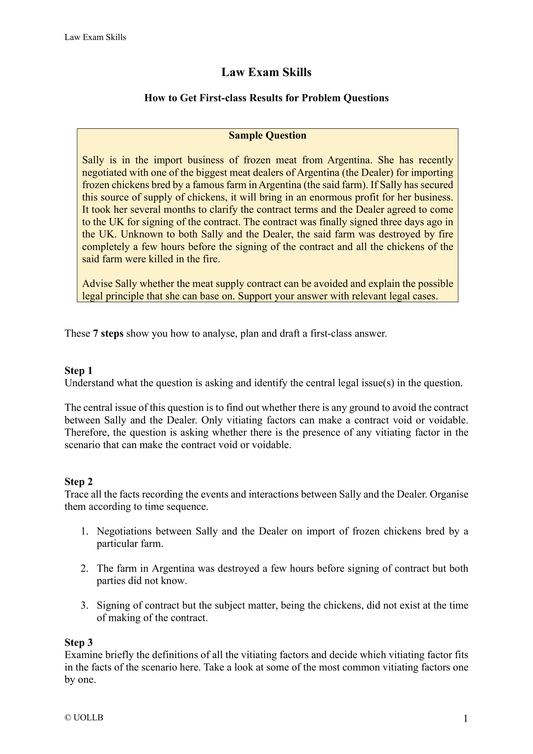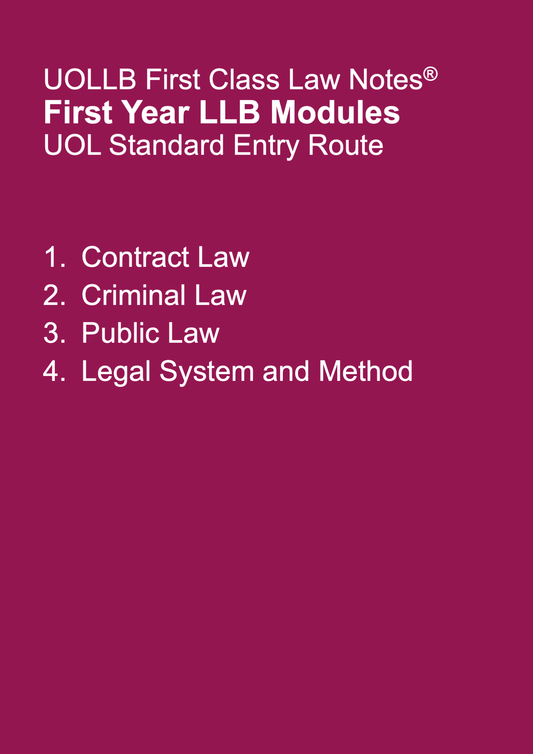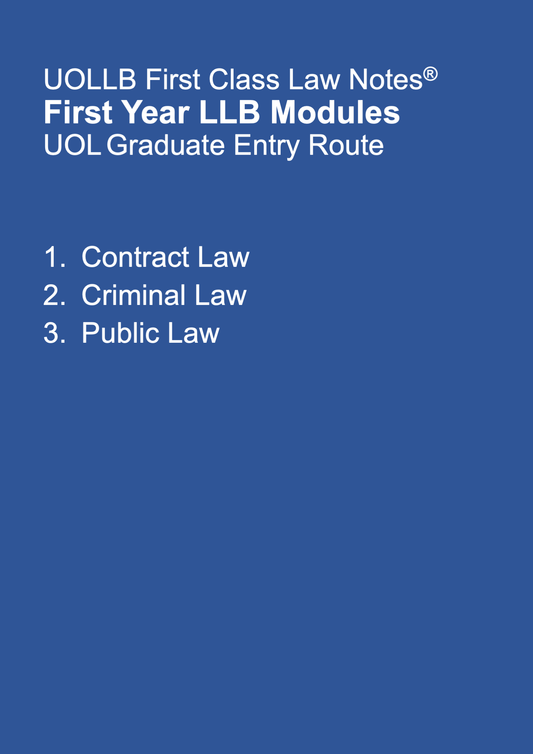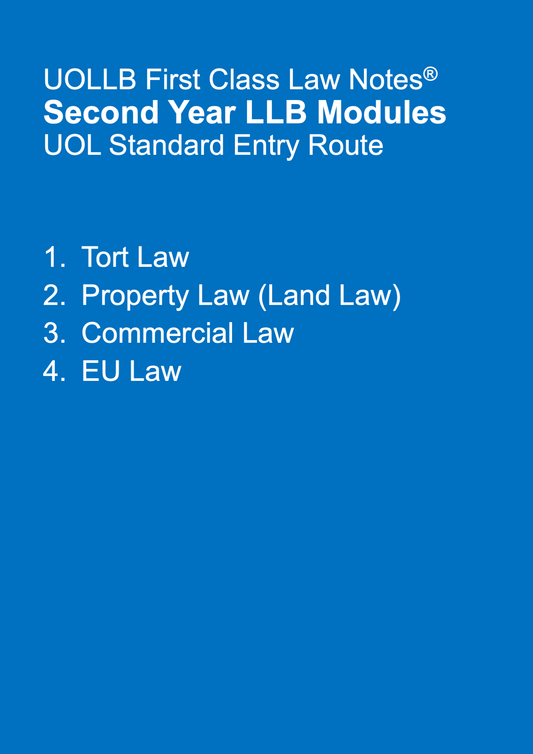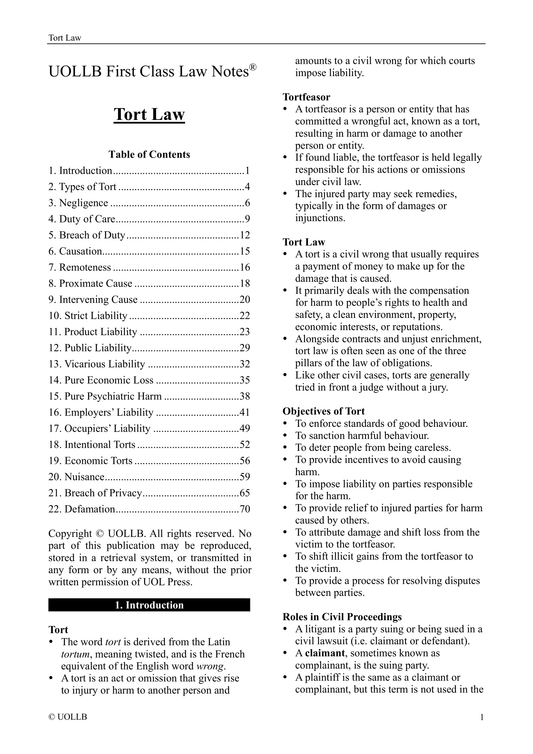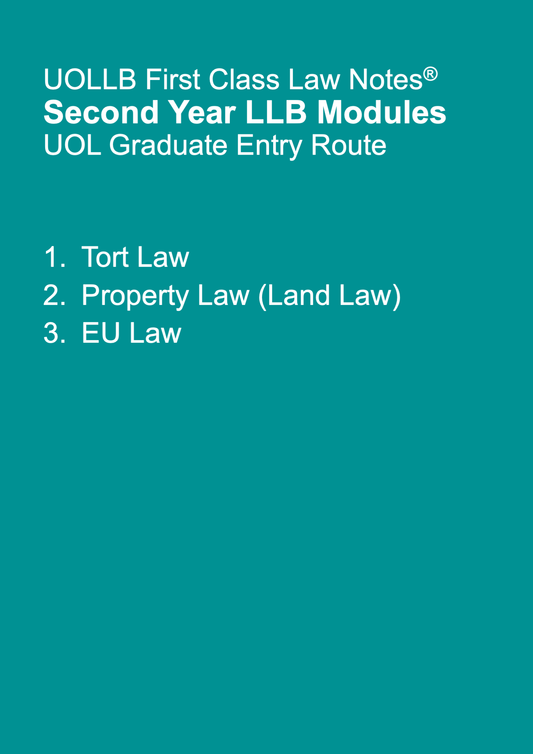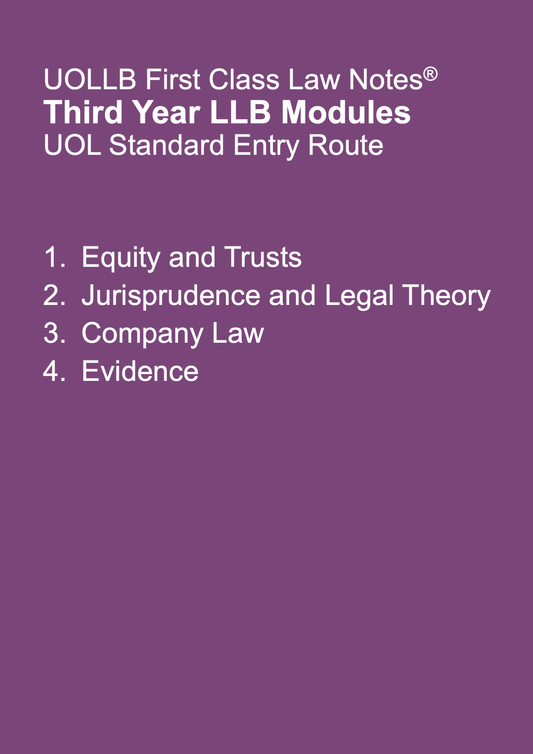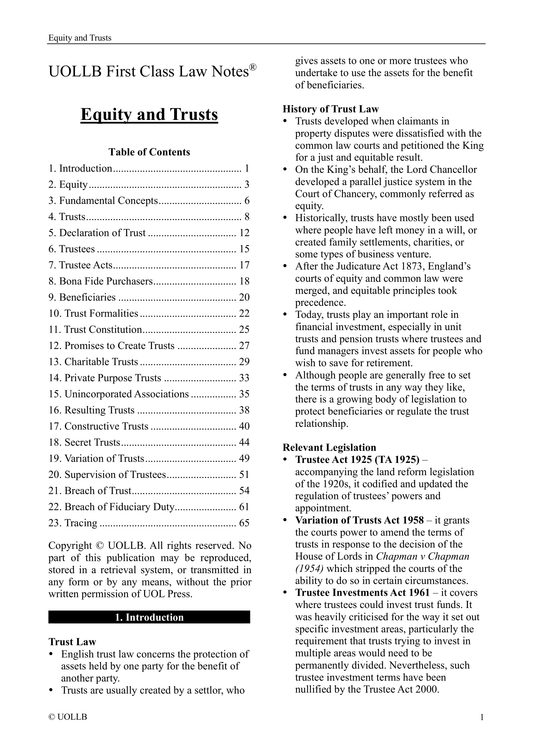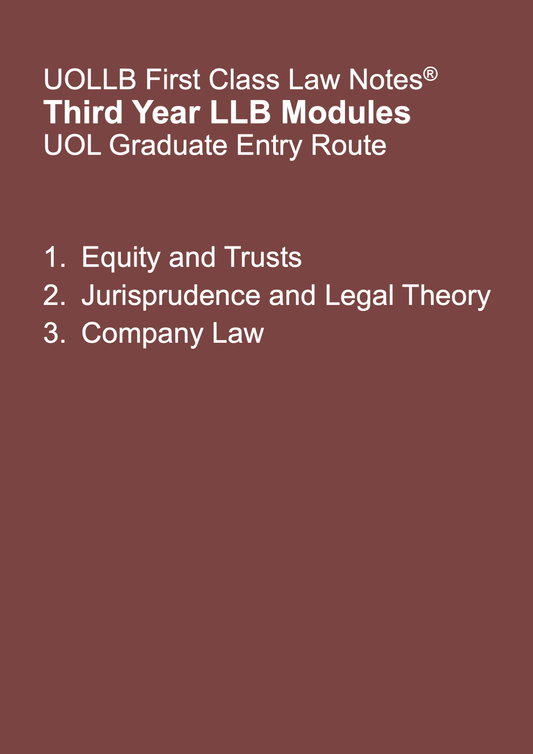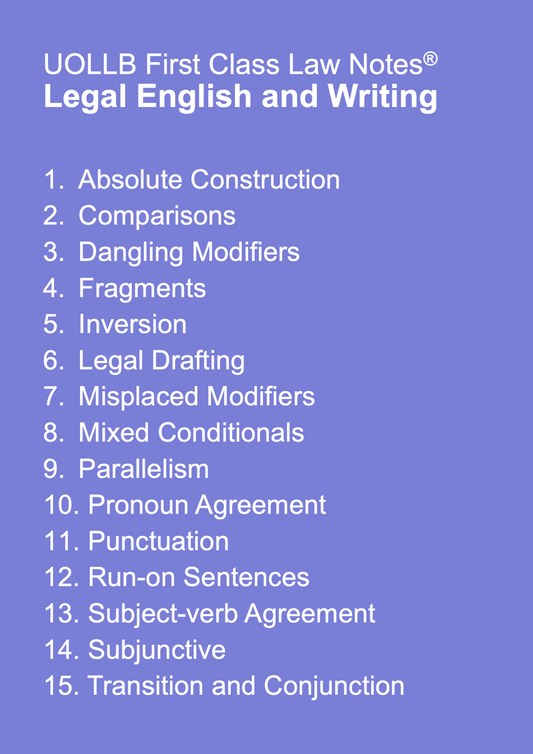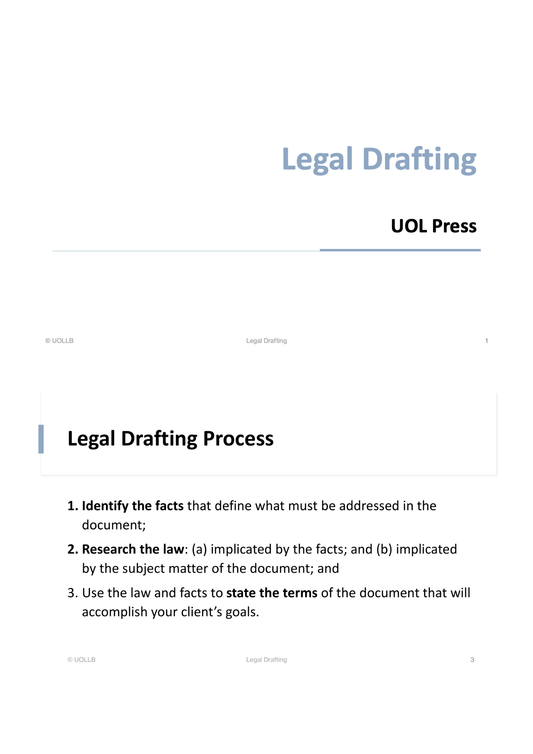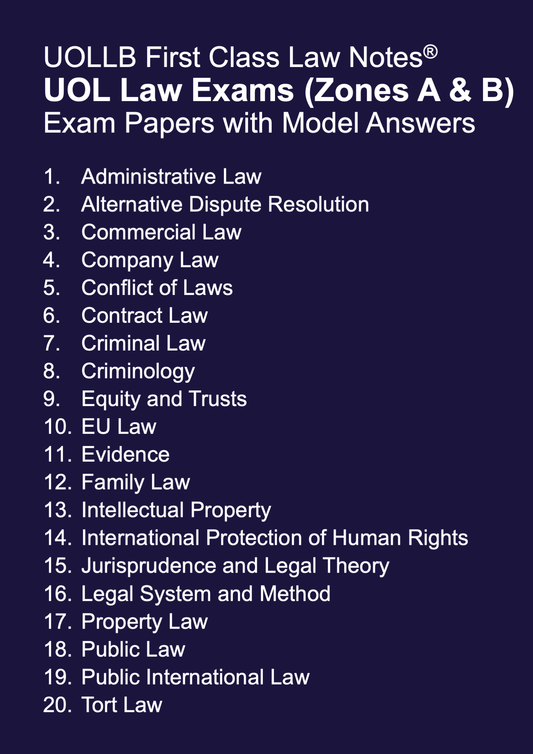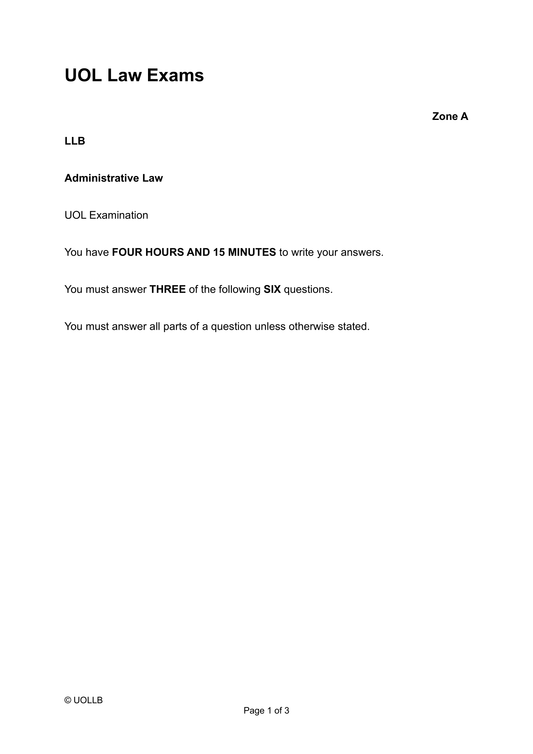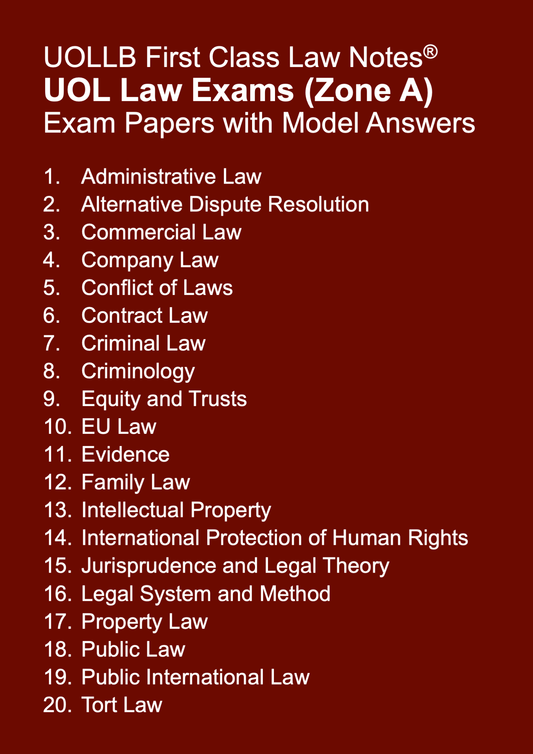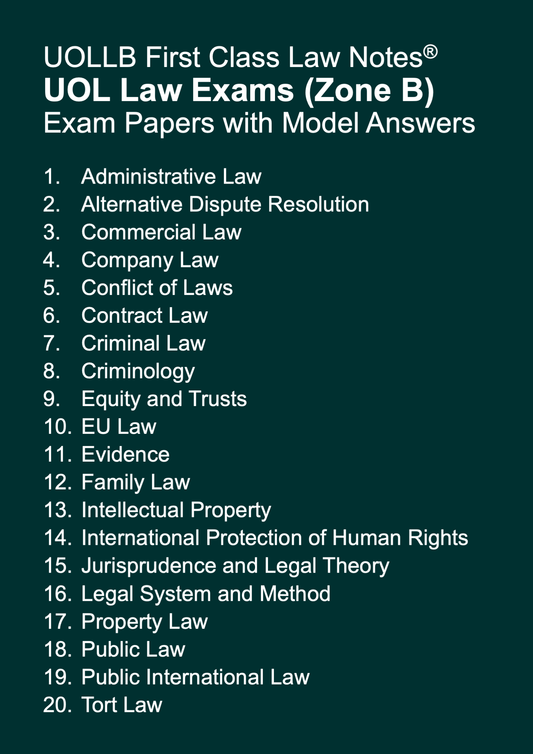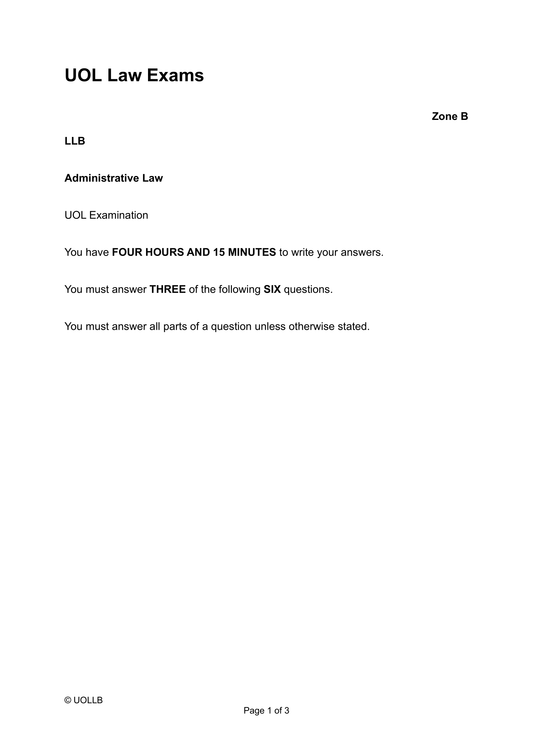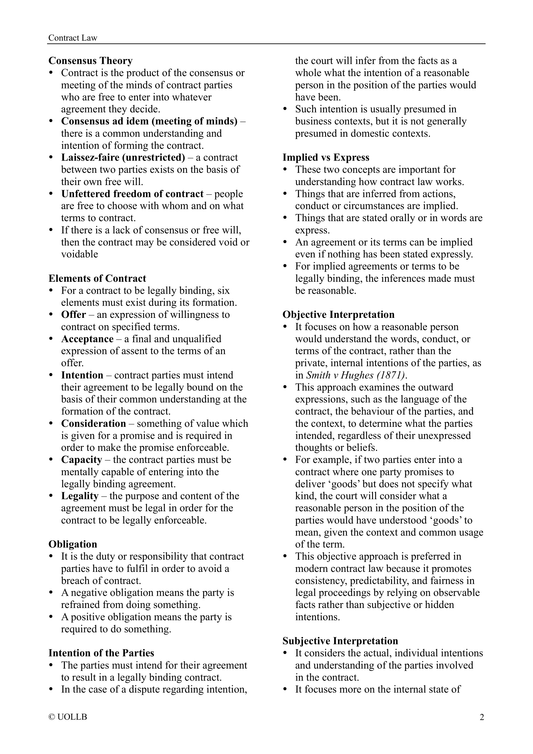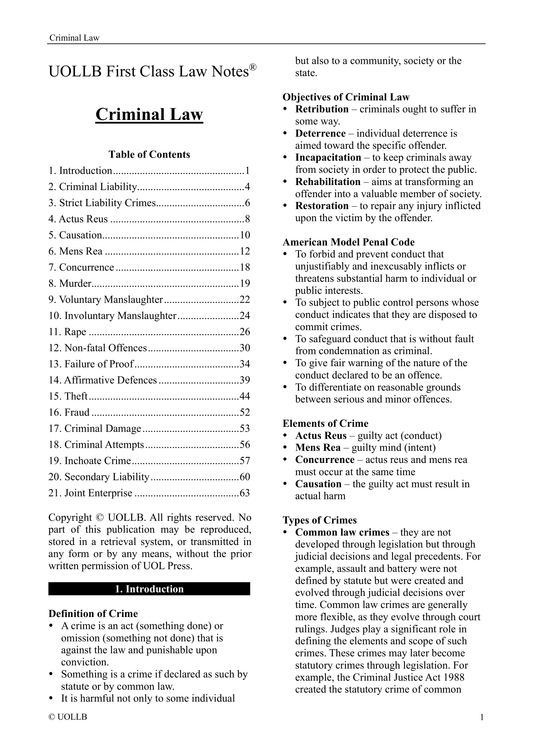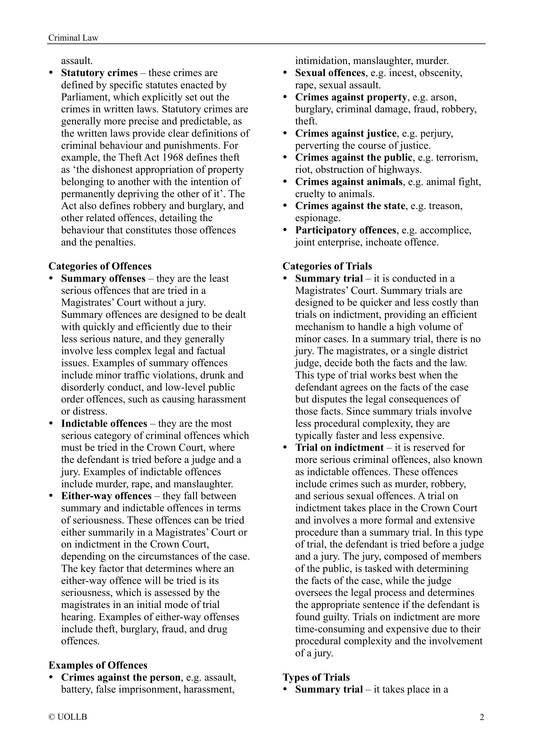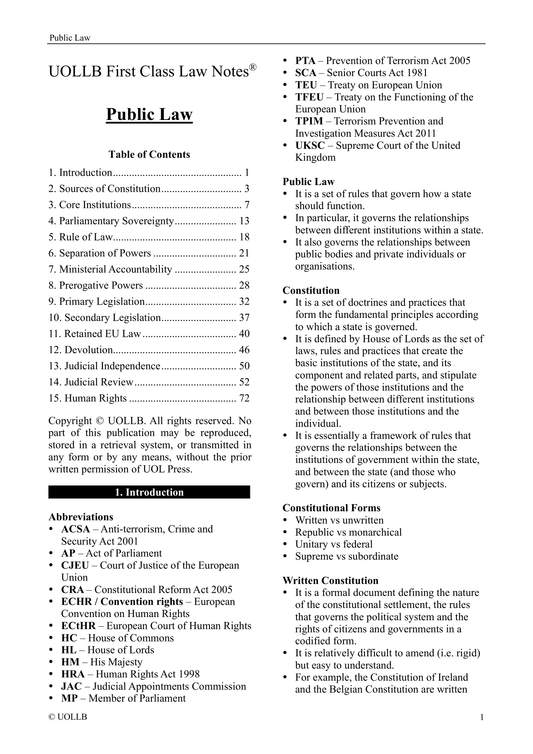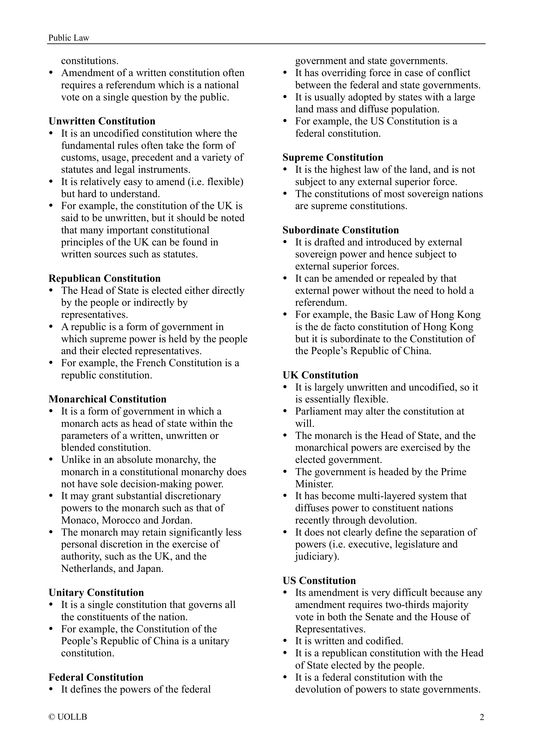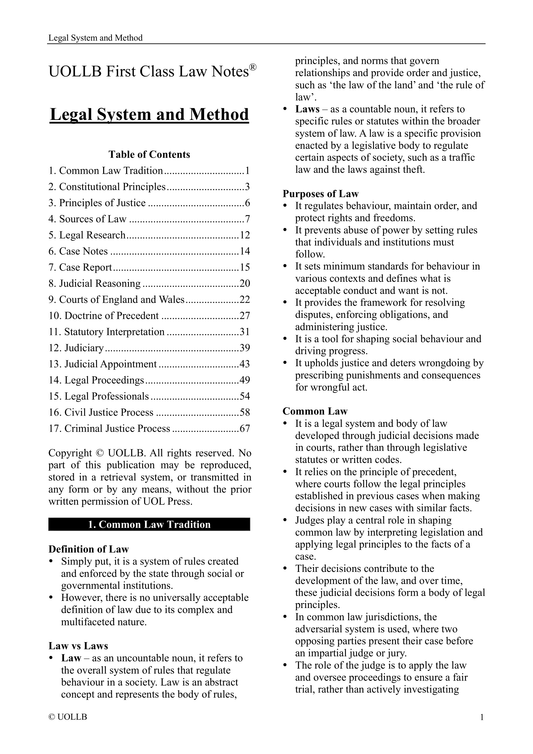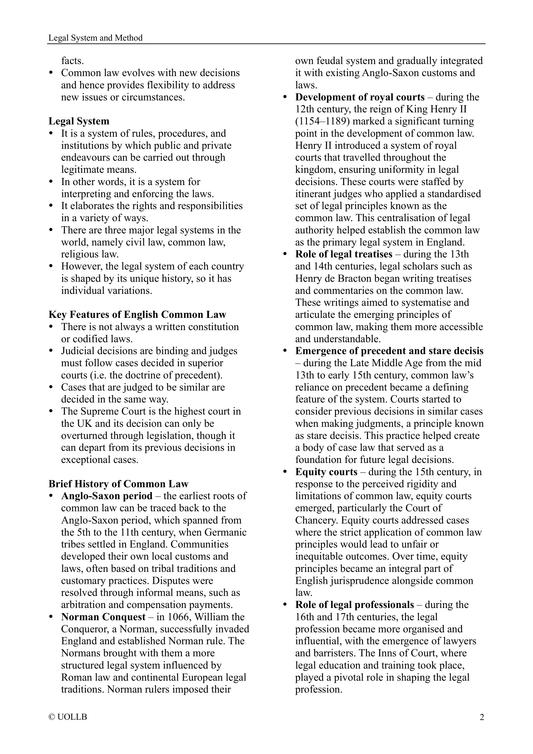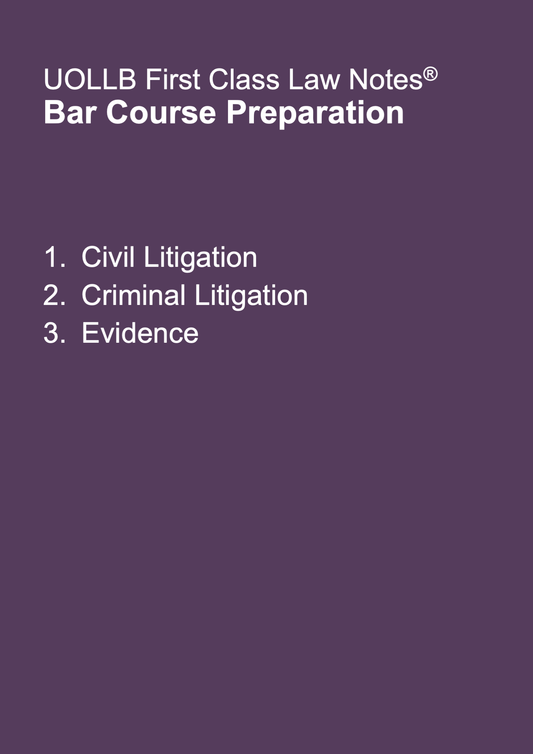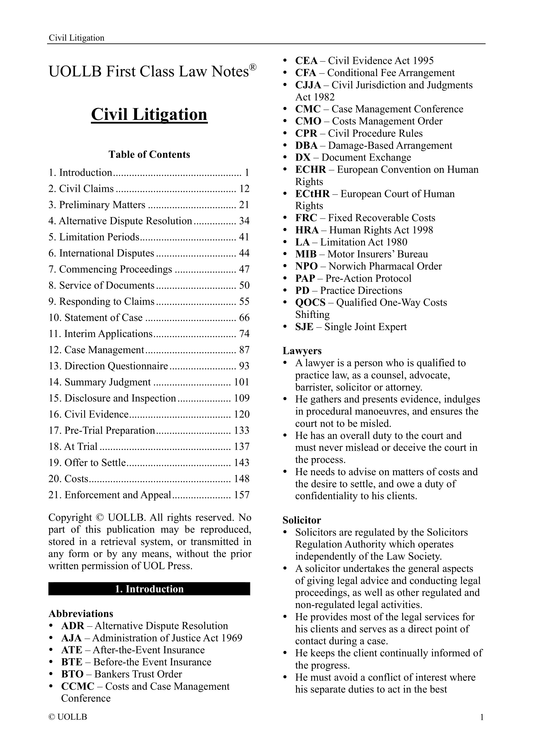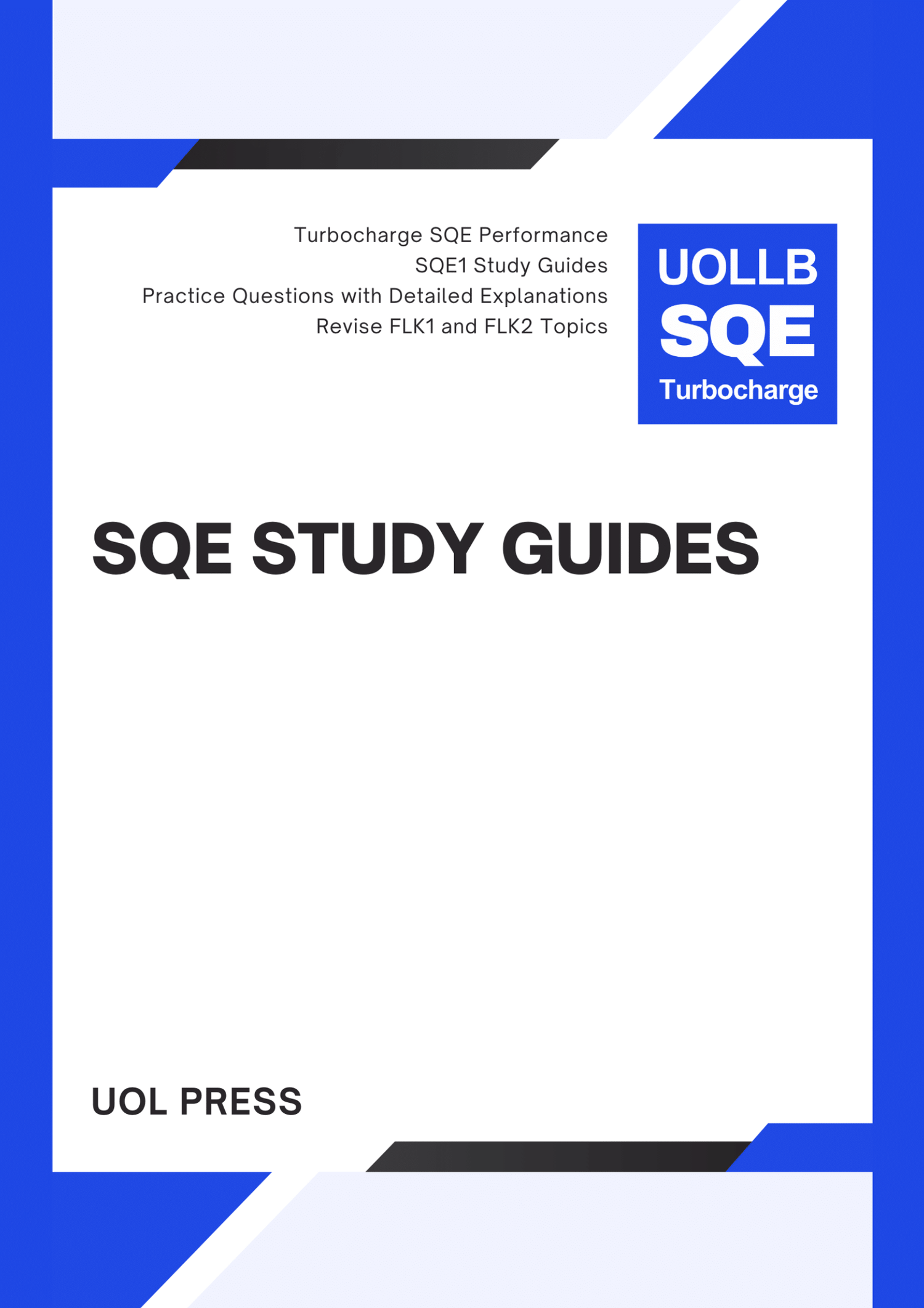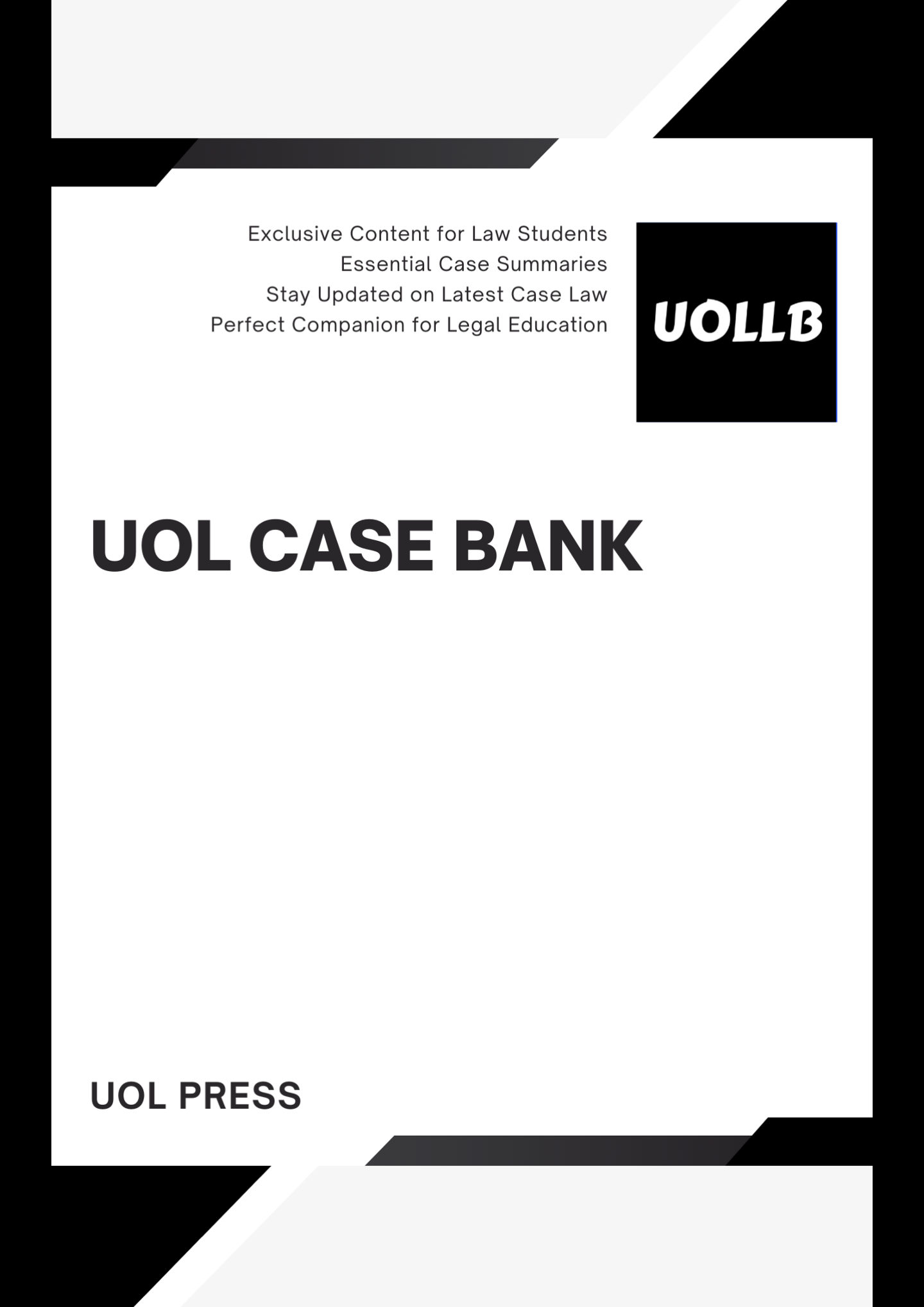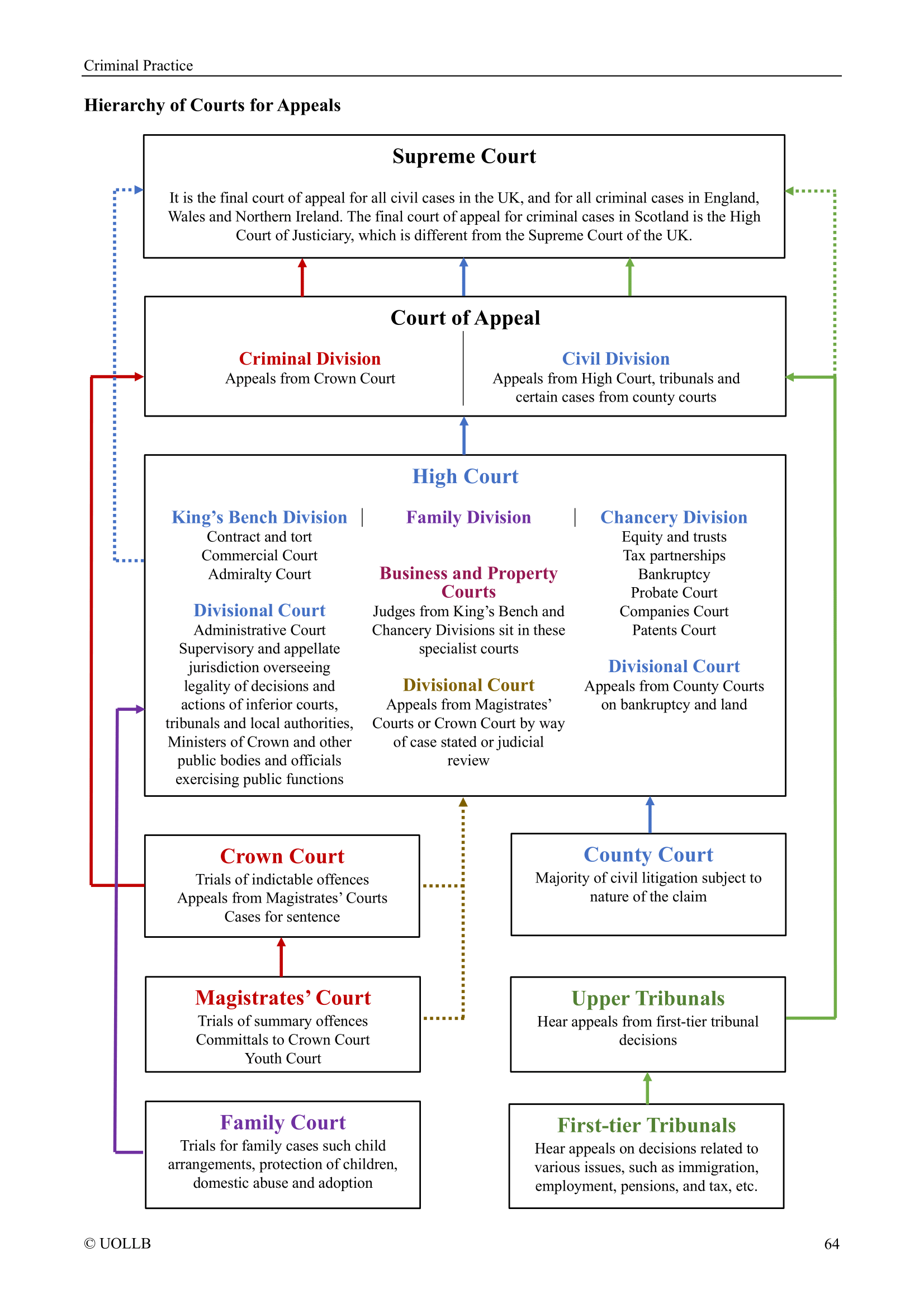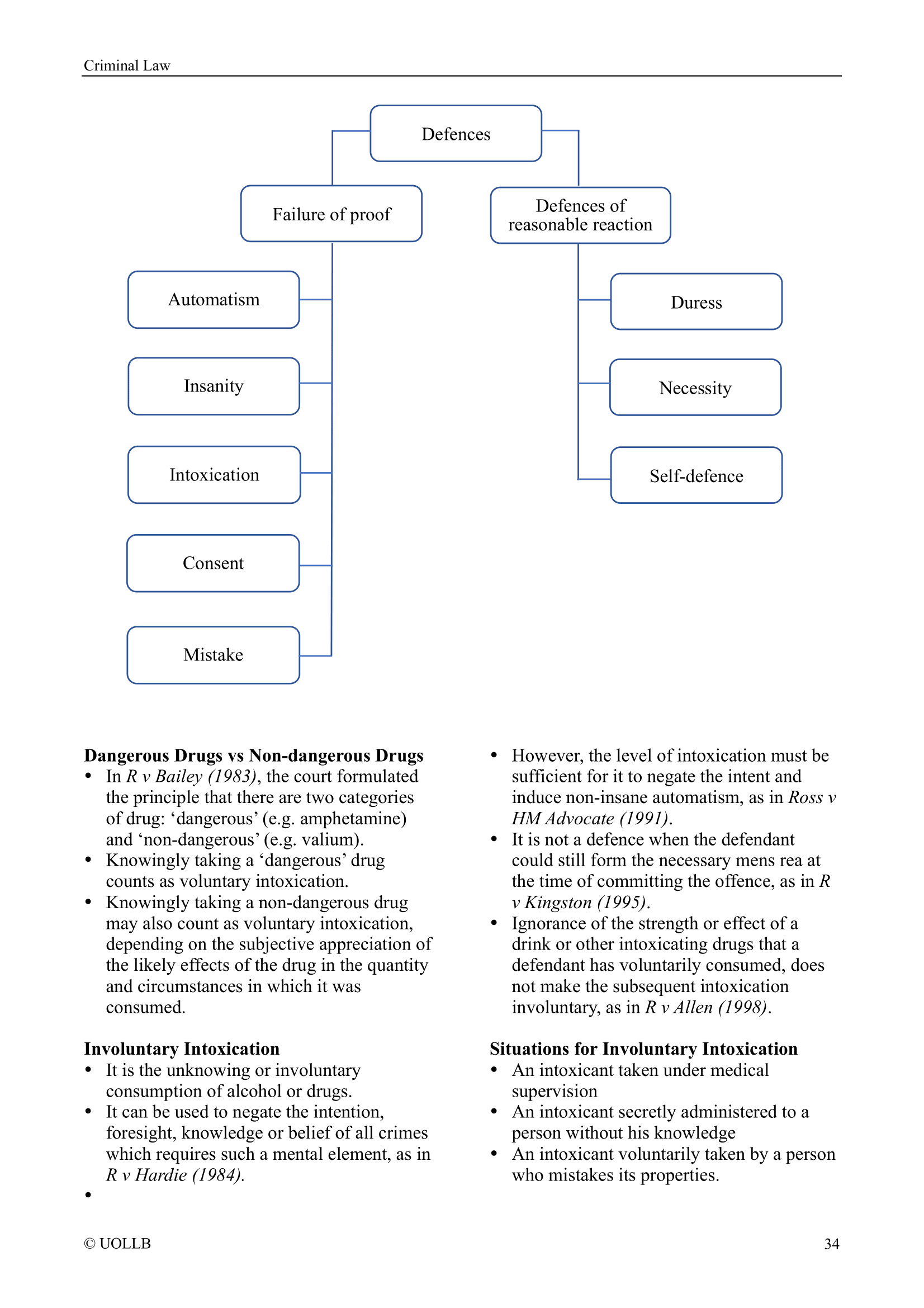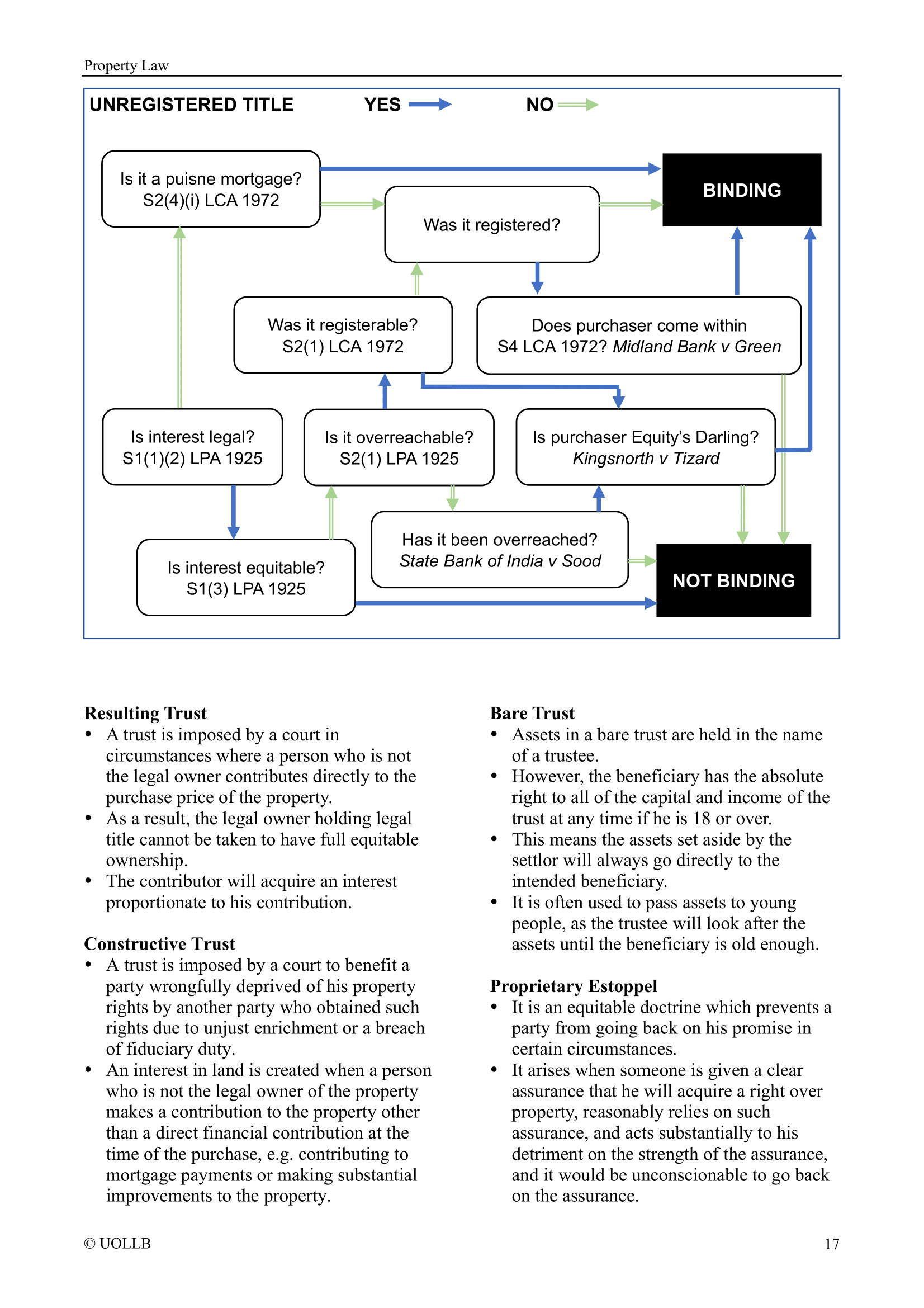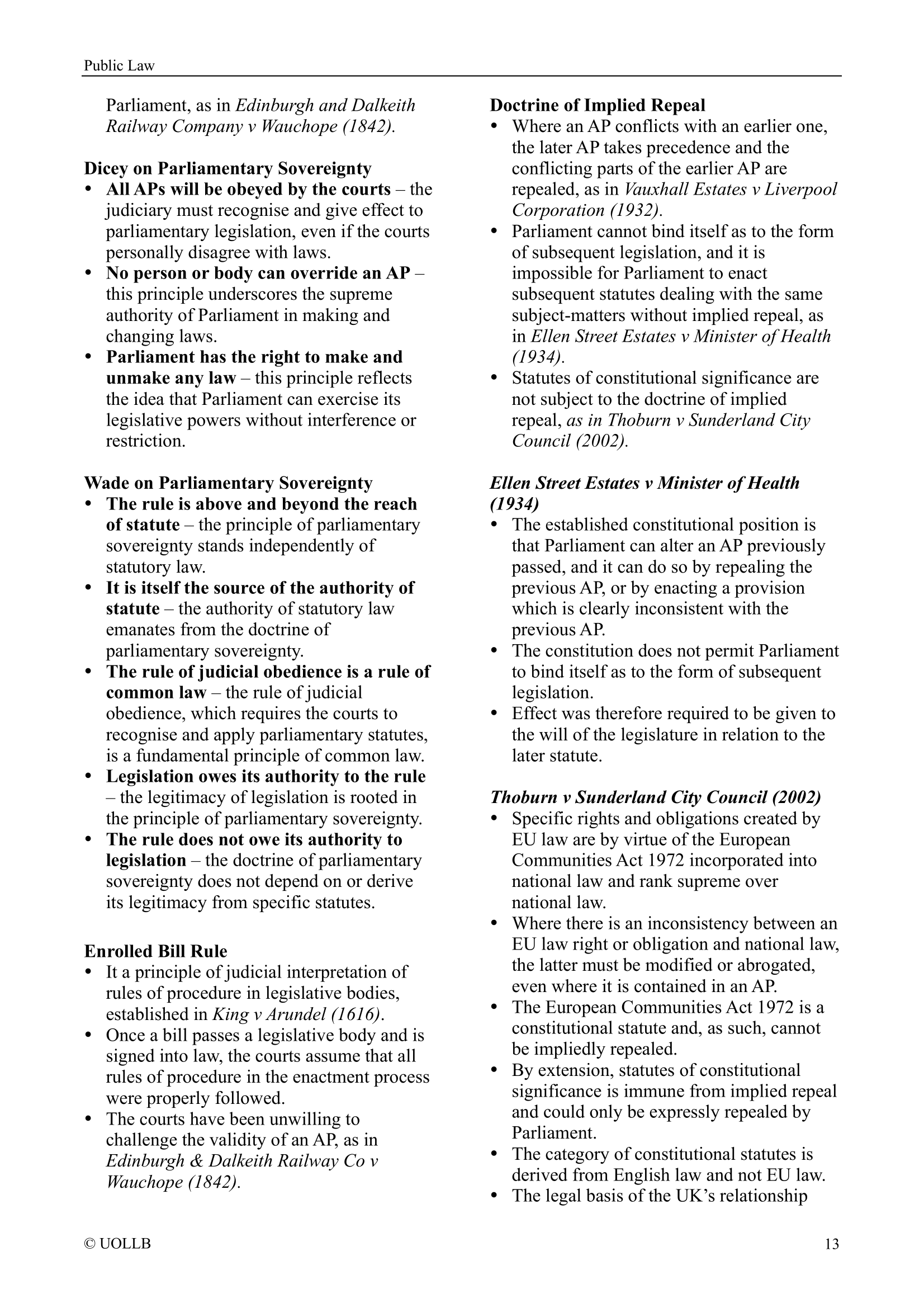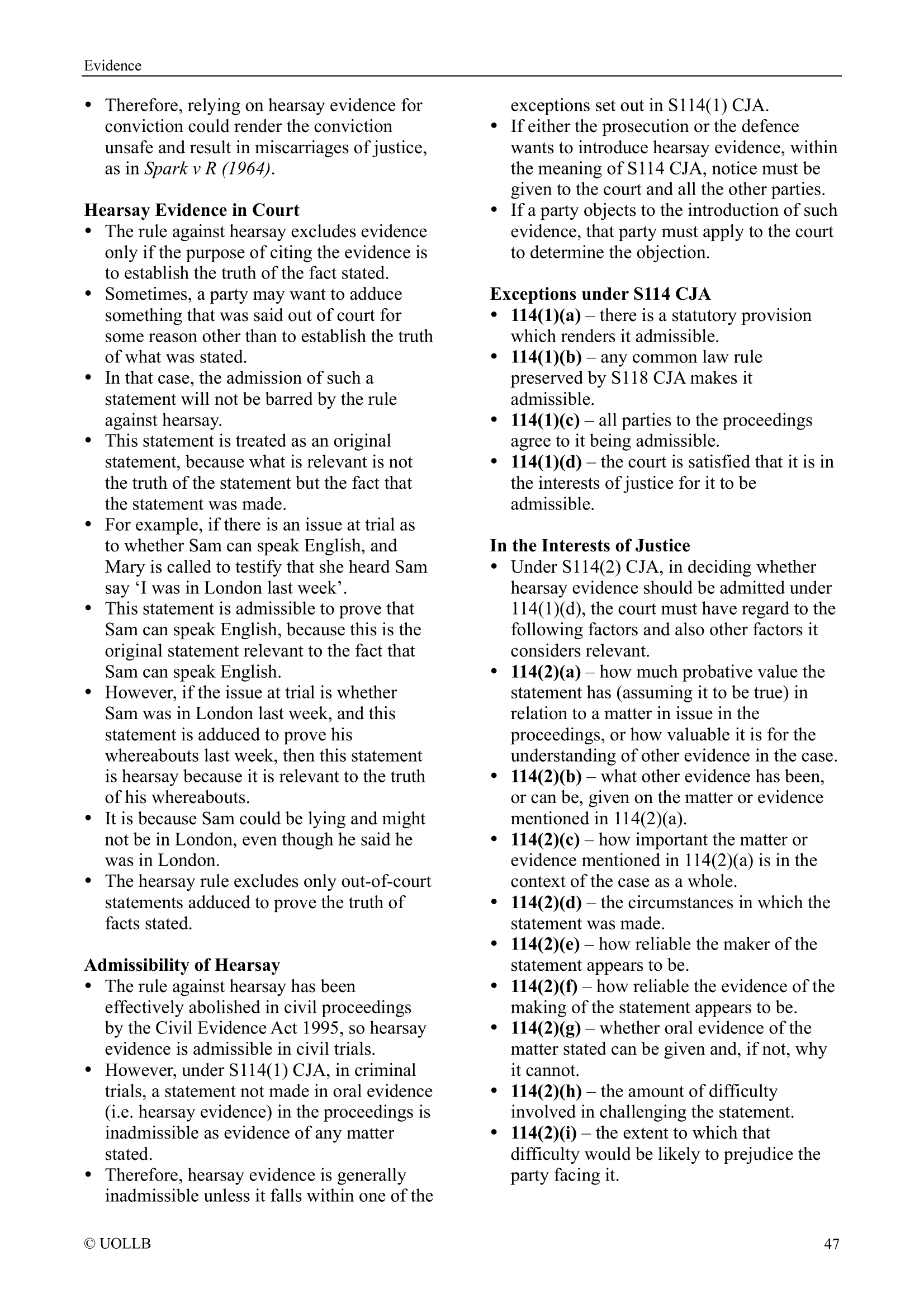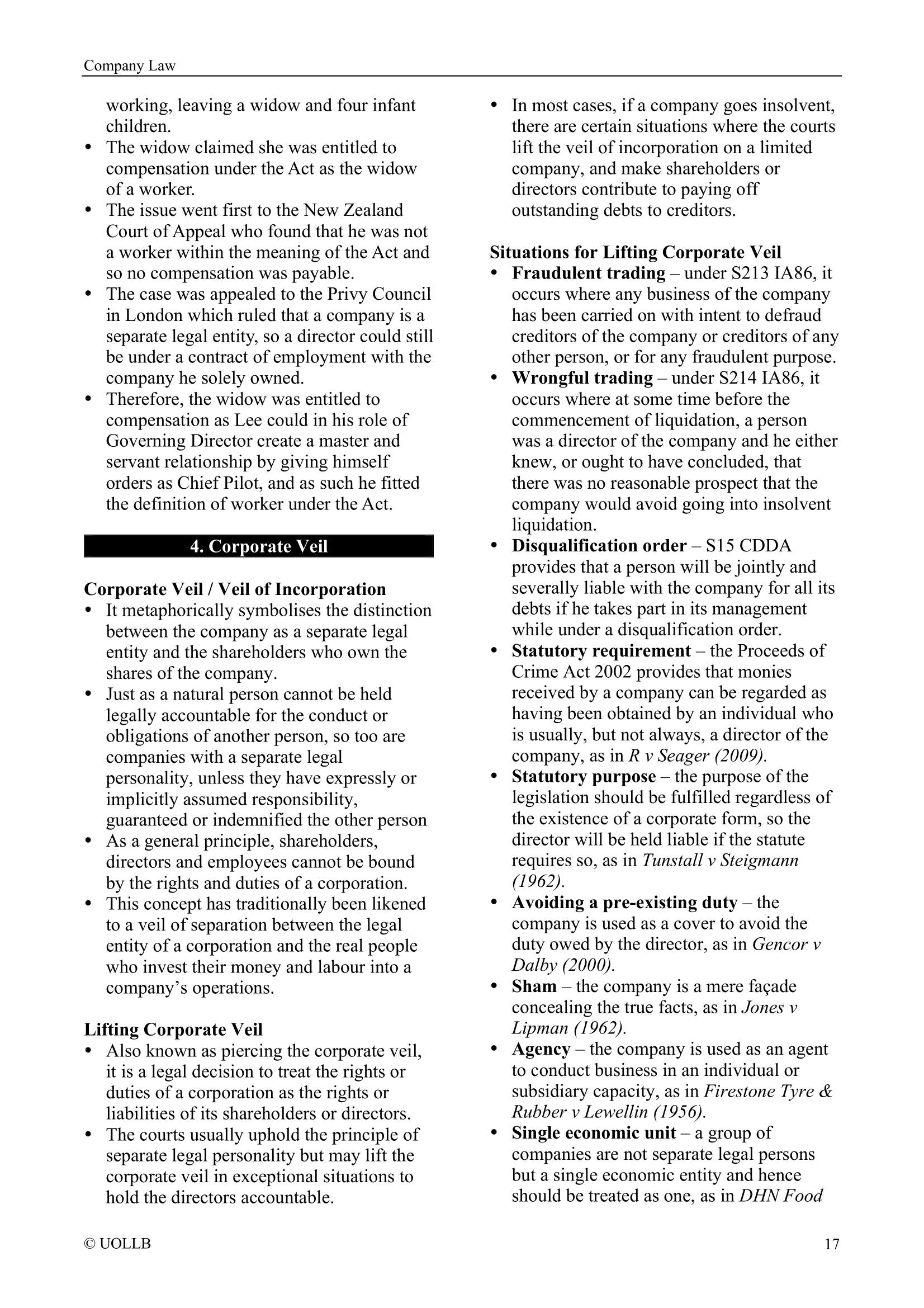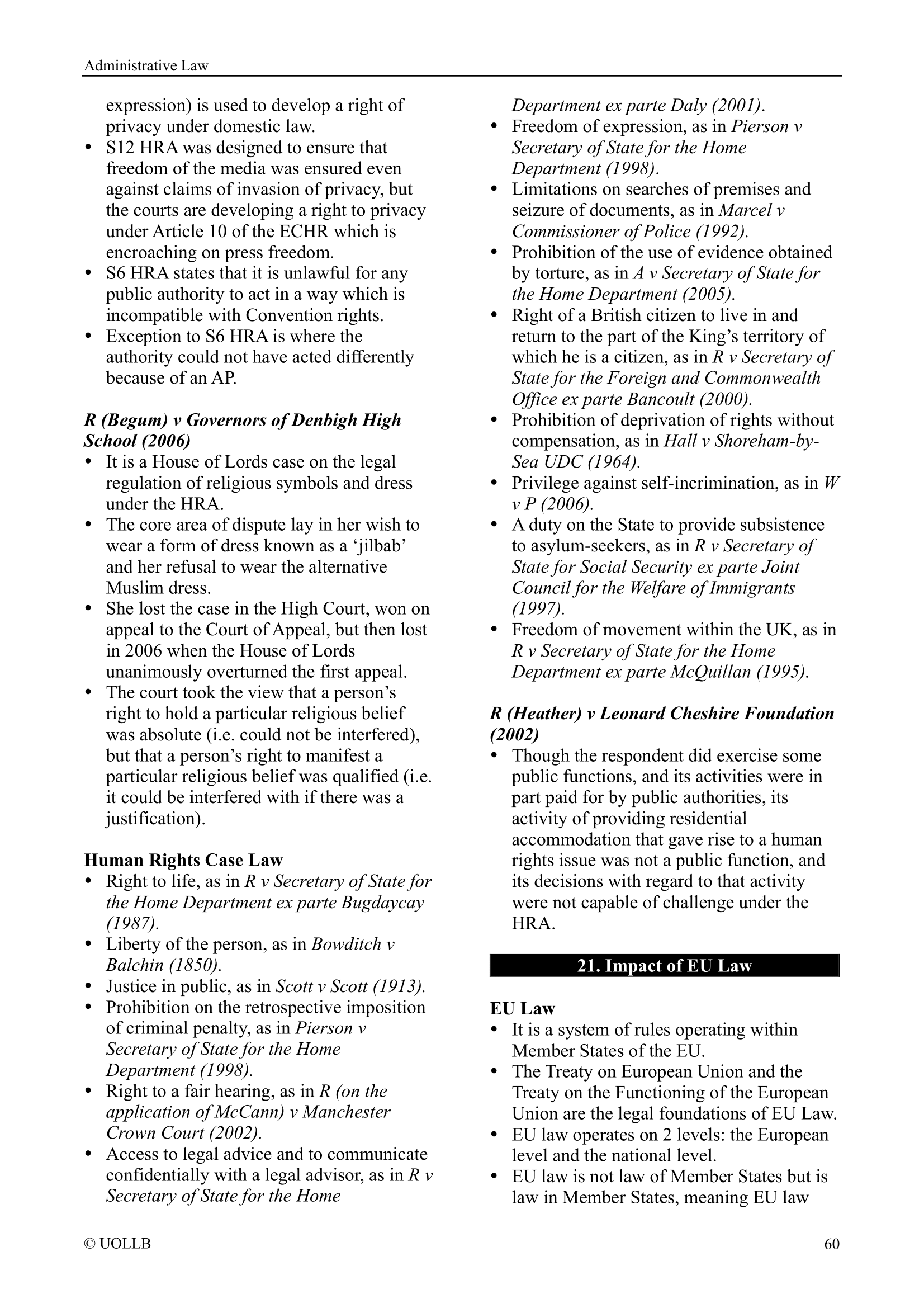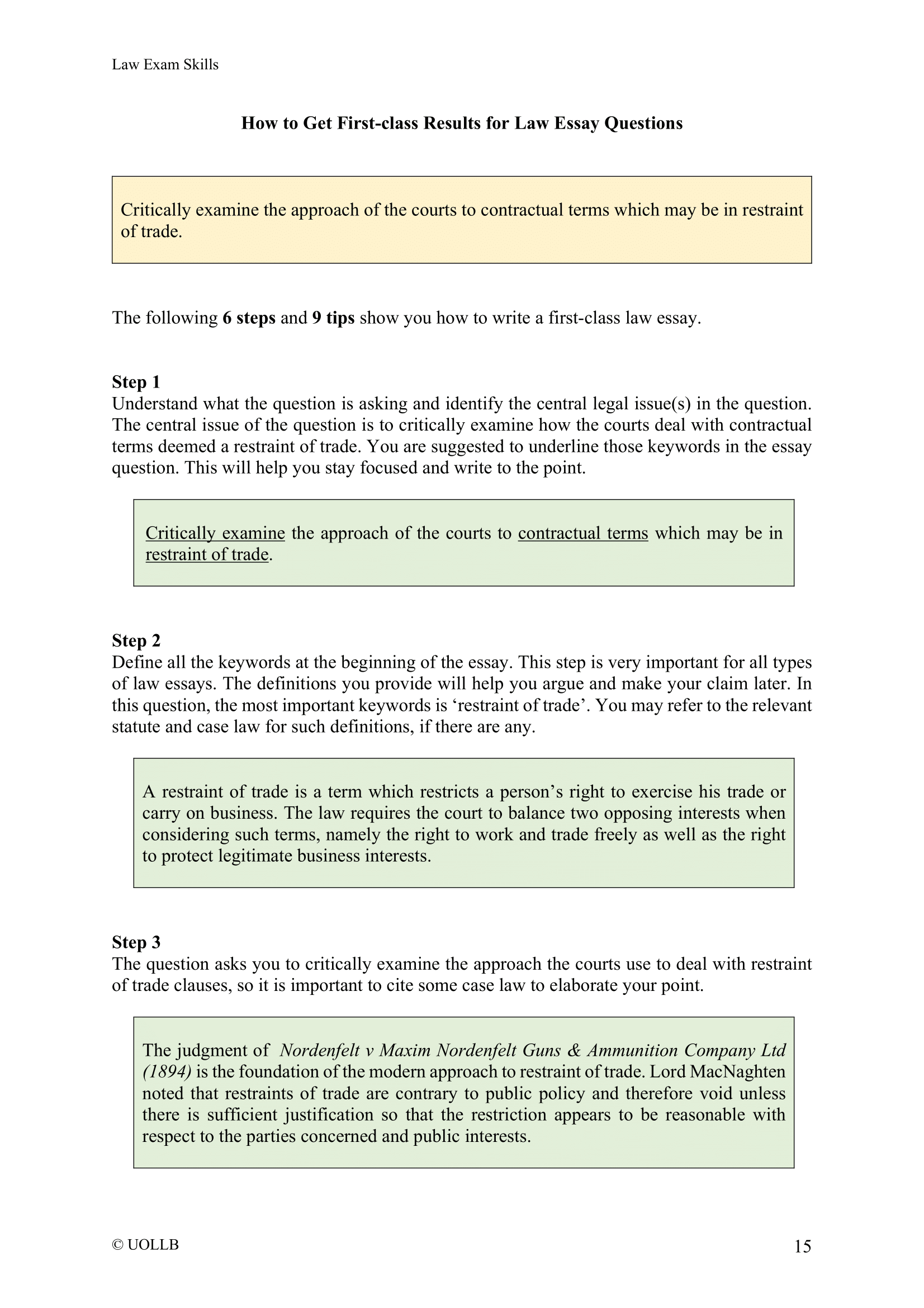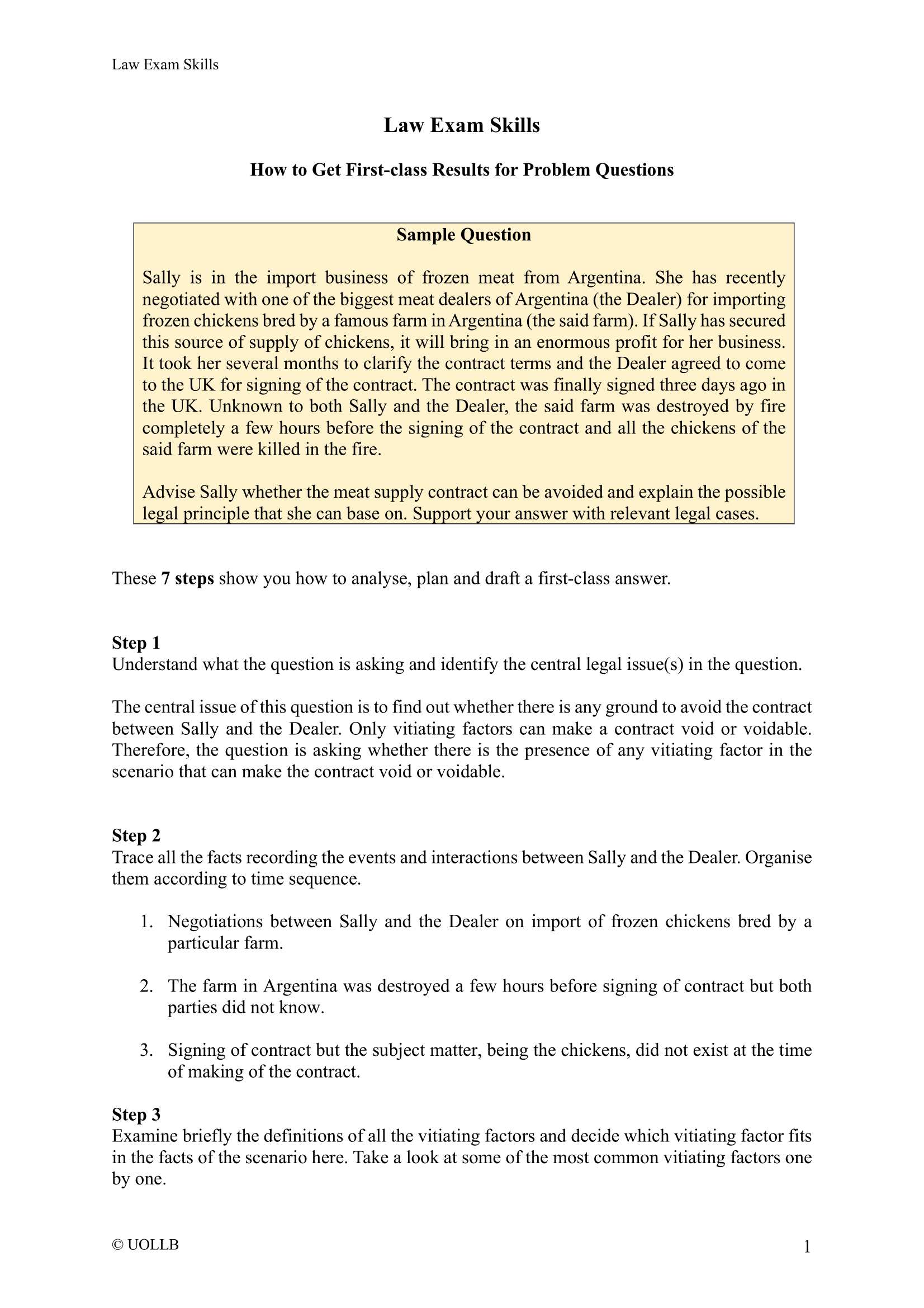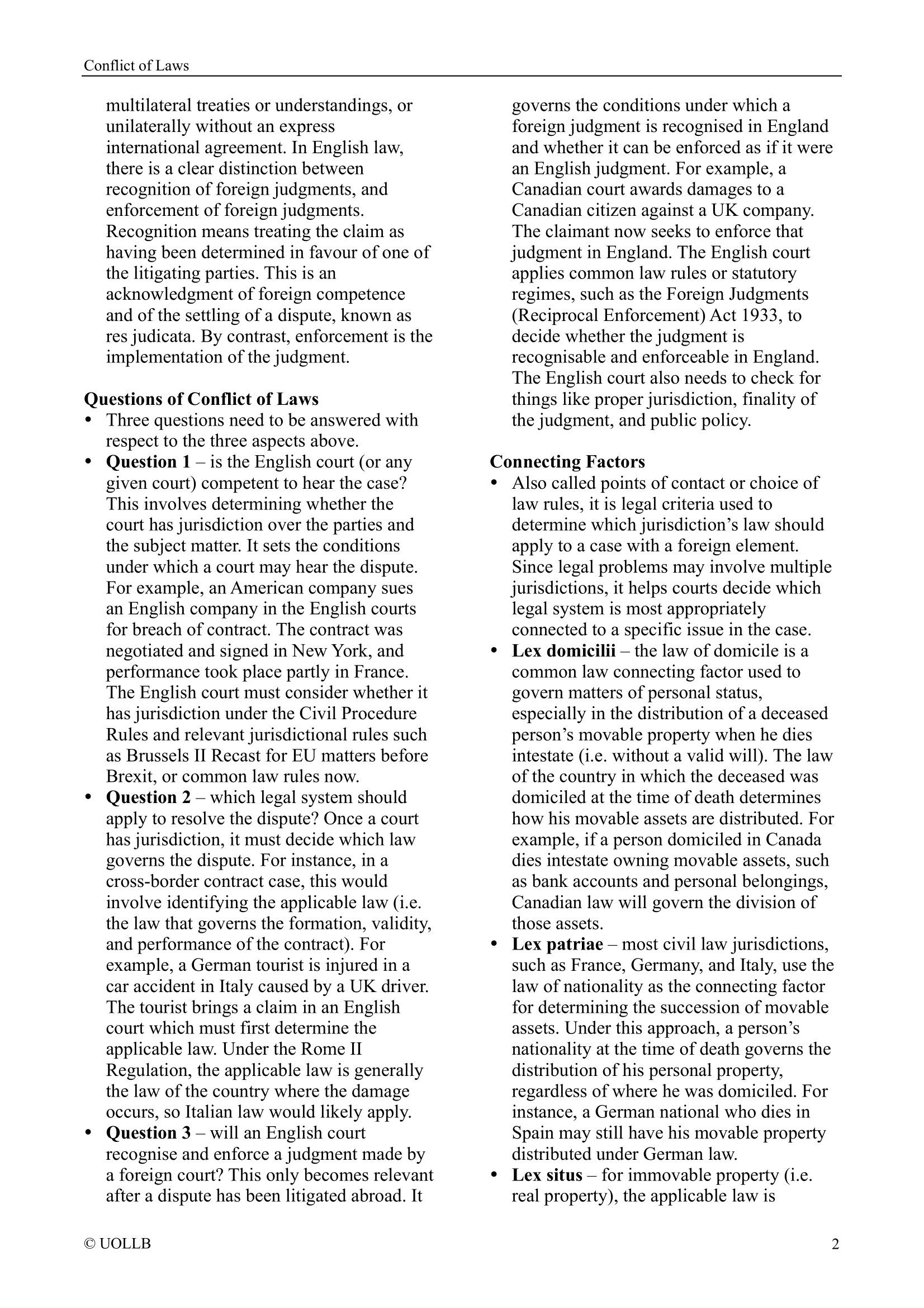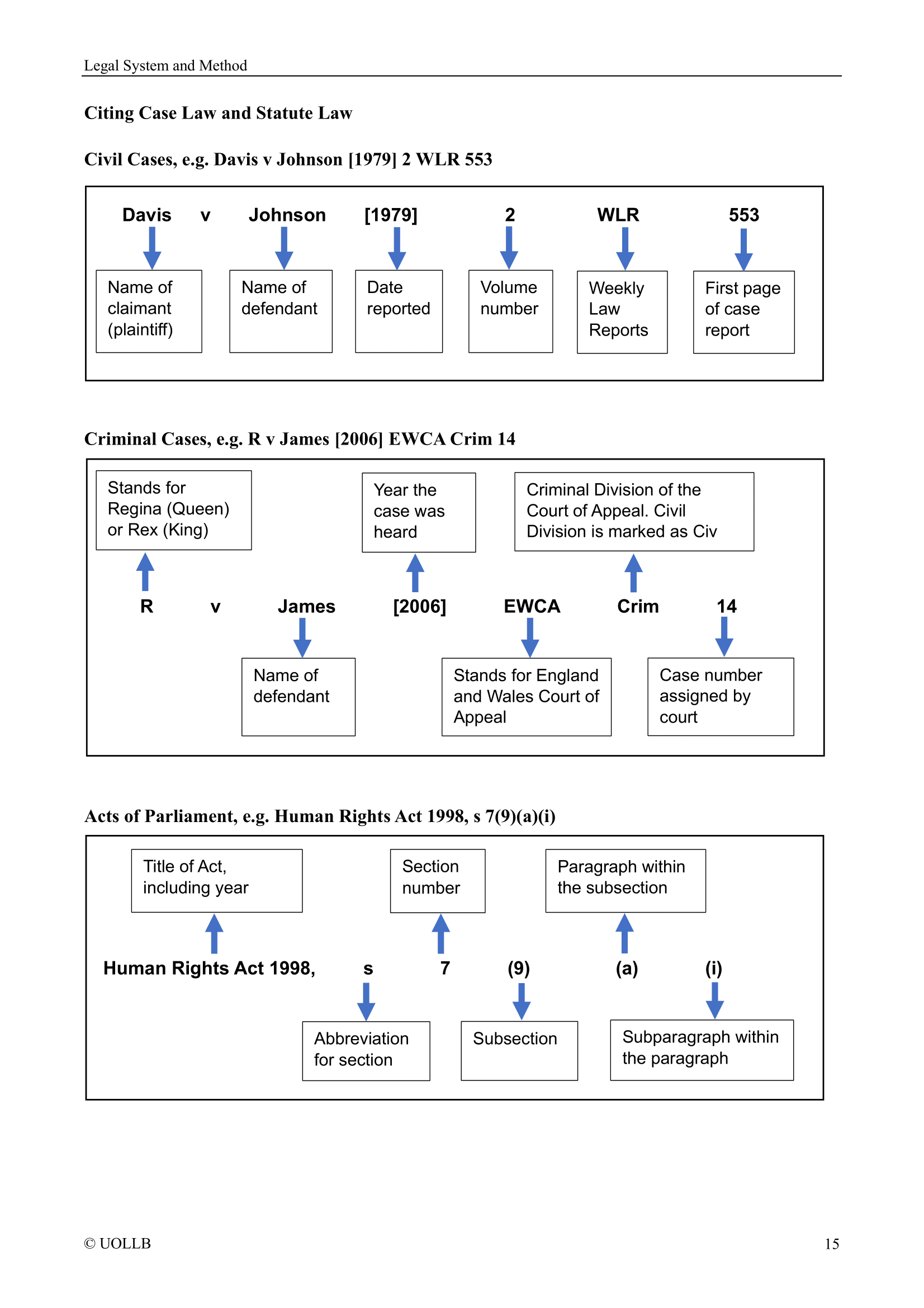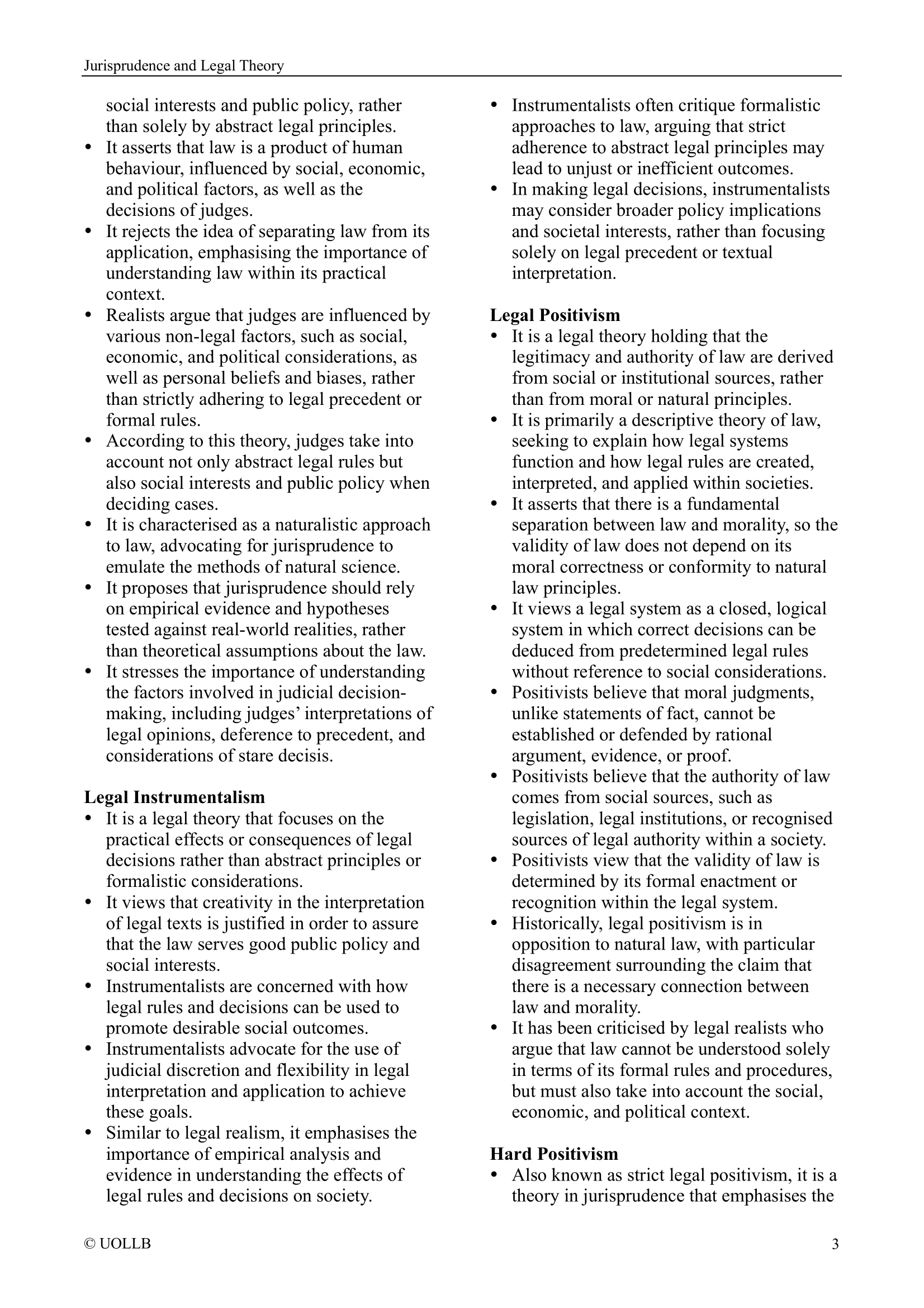Hughes v Lord Advocate [1963]
Share
Hughes v Lord Advocate [1963] AC 837 is a leading case in tort law that clarified the principle of remoteness of damage, particularly in the context of negligence. It established that in order for a defendant to be liable, the precise way in which the harm occurred need not be foreseeable, as long as the general type or kind of harm was foreseeable. This decision helped refine the boundaries of liability and causation in tort, marking an important distinction between the foreseeability of the injury’s nature and the foreseeability of the specific sequence of events that led to it.
The case arose when Post Office workmen employed by the defendant had left a manhole temporarily uncovered and surrounded by a tent, using paraffin lamps to warn others of the hazard. During their break, two young boys discovered the unattended site and decided to investigate. They climbed into the manhole and brought one of the lamps with them. At some point, the lamp was knocked over, resulting in a violent explosion that severely burned the boys. The defendants argued that such an explosion, and the injuries resulting from it, were not reasonably foreseeable, and thus they should not be held liable.
The legal issue at hand was whether liability in negligence could attach even if the exact manner of injury was not foreseeable, so long as the type of injury was. The House of Lords ultimately found in favour of the claimants. They held that although the specific explosion that occurred may have been unforeseeable, it was foreseeable that someone could suffer burns as a result of the unguarded and unattended paraffin lamps. The Court emphasised that it would set an unreasonably high bar to require foreseeability of the precise mechanism by which harm occurred. It was enough that the general kind of harm (burn injuries) was within the scope of foreseeable risk created by the defendants’ negligence.
Lord Reid, delivering part of the judgment, highlighted that the cause of the accident was a known source of danger (the lamp) but that it simply behaved in an unpredictable way. This unpredictability did not exonerate the defendants. The case thus underscored that liability can arise where the actual harm falls within the category of risk that a reasonable person could have anticipated, even if it materialises through an unusual or unexpected chain of events.
This judgment has since been influential in developing the law of negligence, particularly in illustrating that the foreseeability requirement should not be interpreted in an overly narrow or literal way. The Court’s reasoning allowed for a more practical and fair approach to causation and remoteness, one that balances foreseeability with the realities of how harm may occur in unusual yet foreseeable ways.

